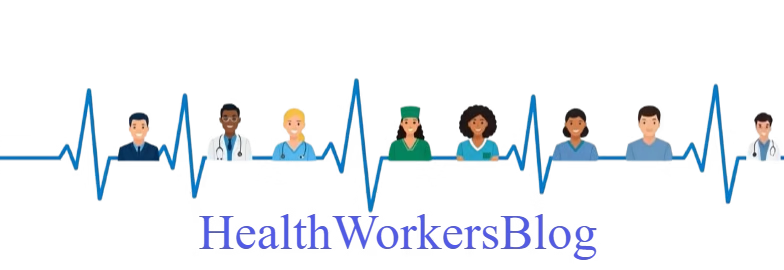The stethoscope has been a diagnostic icon since Laennec’s wooden tube in 1816. In the early 2010s, electronic models like the 3M Littmann Model 3200 added on‑board recording, playback, and Bluetooth streaming, paving the way for algorithmic analysis of auscultation signals. As machine‑learning methods matured, a new generation of “AI stethoscopes” emerged, capable of identifying murmurs, arrhythmias, and crackles beyond the limits of human hearing.
Breakthroughs in Machine Learning
Public datasets such as the 2016 PhysioNet/CinC Challenge released over 3,100 annotated heart‑sound recordings, galvanizing research into automated classification of normal versus abnormal sounds. Deep convolutional neural networks trained on these data achieved up to 95% specificity and 73% sensitivity in distinguishing pathological from healthy heart sounds.
Regulatory Milestones and Commercial Launches
The Eko Murmur Analysis Software (EMAS) received U.S. FDA 510(k) clearance on July 12 2022 to detect and characterize heart murmurs in adults and pediatrics. TytoCare integrated AI‑driven diagnostic support into its at‑home telehealth kit in October 2020, enabling patients to self‑record auscultation sounds and flag lung abnormalities such as wheezing and crackles.
Clinical Validation and Impact
In primary‑care trials, AI stethoscopes have screened older adults for asymptomatic murmurs with higher detection rates than manual exams. Remote monitoring programmes using devices like the Eko DUO (combined ECG and digital stethoscope) can detect contractile weakness in seconds, offering potential for earlier intervention in heart failure.
Early NHS Deployments
Recent NHS Digital pilots across multiple trusts are trialling AI‑powered stethoscopes to catch early heart‑failure signs in routine GP visits, aiming to reduce late diagnoses made in emergency settings. Through the NIHR Imperial BRC TRICORDER programme, 100 GP practices covering 2.5 million patients now employ AI‑assisted auscultation, with health‑economics modelling projecting a £2,500 saving per patient by diagnosing heart failure before hospital admission.
Challenges and the Road Ahead
- Building large, diverse training datasets to avoid bias
- Ensuring reliable performance in noisy, real‑world settings
- Integrating smoothly with electronic health records and clinical workflows
- Meeting evolving regulatory standards for explainable AI in medicine
Ongoing research aims to expand diagnostic scope to pulmonary hypertension, atrial fibrillation, and beyond, and to drive down hardware costs through open‑source designs.



